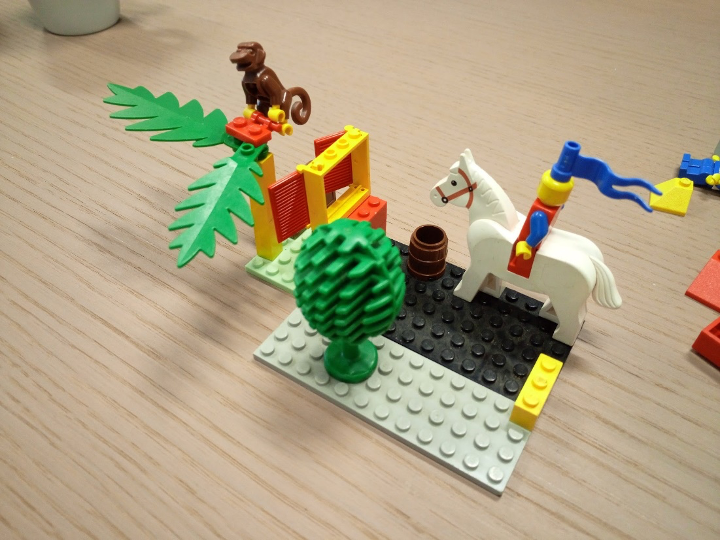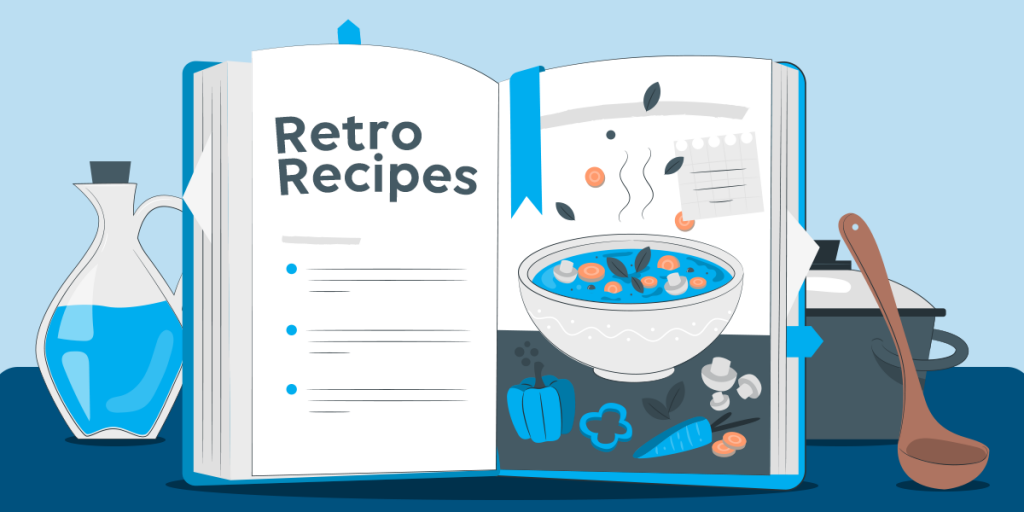To be Agile means to continuously improve. We’re not talking about development, but about the people, the processes and the tools. This happens through an event called a retrospective.
The most productive retrospectives happen when everyone in the team has fun and feels comfortable to speak their mind with respect for each other. You could do the “rather dry” round table and ask everyone what went well, what didn’t go well, what should we stop doing, what should we start doing… each week. OR you can play with Lego! Woohoo! Woohoo? Admittedly, this isn’t for everyone, but for many this is an incredibly powerful exercise to make improvements to the team.
How does a Lego retrospective work?
Here is how it goes: You throw a bunch of Lego in the middle of a table and ask the team to stand (don’t sit!) around it. Everyone is asked to build “the previous sprint”. There are only two additional rules to follow: No talking while someone is still building, and everyone immediately starts building “their sprint”. Don’t think about it first. Just… Start… Building!
After 10 to 15 minutes you go around the table asking the creators to share some information about what they have built. The others team members actively listen and ask follow-up questions like… Why did you use a red brick here? Does this hole in the bottom signify something to you? Who does the man in the boat represent? Is he rowing forwards or backwards? Why? It is important to leave assumptions out of the questions as much as possible. Don’t ask: “Is that monkey in the tree our manager?” Better would be: “Who or what is that monkey in the tree?”
You will soon notice that most bricks have a meaning. Some bricks will have been chosen at random and that is fine too. In general, they all play a role in how the creator felt the team handled this past sprint.

What do you get out of this exercise?
The first part, building on your own, gives you the opportunity to reflect on the past sprint without any influence from the other team members. You are alone with your thoughts, it is your creation, and it is perfect no matter how you build it. No-one can disagree with how you feel. Using your hands also activates the creative part of your brain. You might discover new insights about the past sprint that you didn’t know you had in you.
The second part, sharing your creation and actively listening to others, shares a common understanding of how everyone felt about this past sprint. What processes or interactions made work harder than it could have been? Where is there room for improvement? What happened that really motivated the team or made it possible to deliver value faster than expected? This information can then be used to formulate an action point on what the team could change in the next sprint to improve again sprint after sprint.

There are several adaptations to this that you could do. You could ask the team to first create their “perfect sprint” and explain that creation to the group before asking to now create “the previous sprint” and comparing both creations. Ask the team, “What is it we could do differently to evolve towards that ‘perfect sprint’?” You could even have the team work together on one creation, fostering collaboration on what the perfect sprint would look like to the team.
There are many other types of retrospectives you can do, but I wanted to share my experience with this one.
Have fun!


Great insights Bram! Thanks for sharing.